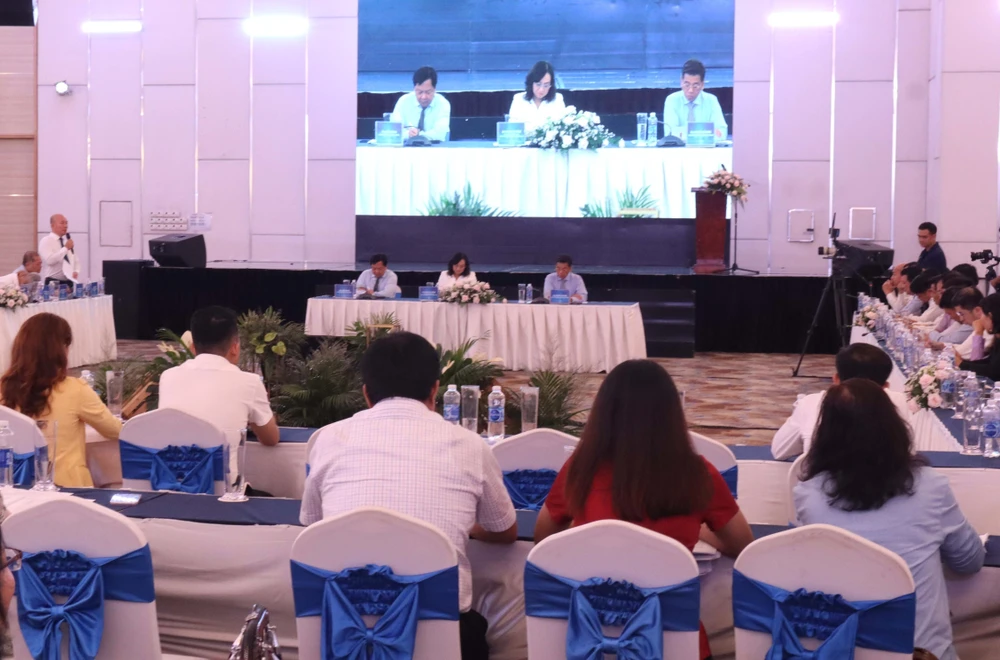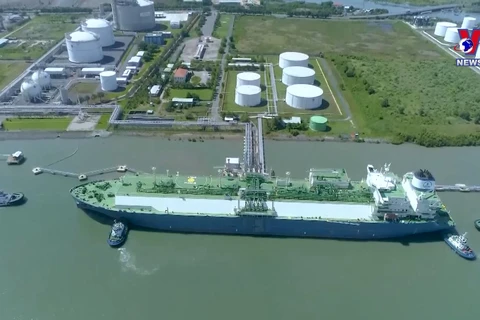
HCM City, July 31 (VNA) – The southeastern region boasts many advantages for developing production and trade, but it still needs to quickly improve trade promotion infrastructure, logistics, and the planning of concentrated material supplying zones to fully tap into local potential to boost import and export, heard a workshop held in Ho Chi Minh City on July 31.
Speaking at the event, Deputy Minister of Industry and Trade Phan Thi Thang said the southeastern region accounts for only more than 7% of Vietnam’s total area and nearly 20% of the country's population. However, it is a dynamic economic region playing an important role in national socio-economic development.
The region's import and export turnover reached 220.5 billion USD in 2023. The figure stood at 115.7 billion USD in the first half of this year, making up 31% of the country's total. Local products are now present in nearly 200 countries and territories, she noted
Thang said local infrastructure has been improved considerably in recent years, as seen in the construction of important projects such as Long Thanh International Airport, Terminal T3 of Tan Son Nhat Airport, Ring Road 3 of Ho Chi Minh City, and expressways.
At the same time, the region is also facing certain issues needing to be addressed such as the slow development of supporting industries, and unreasonable locations of processing and industrial zones. The region has yet to master high technologies, core technologies, or source technologies for key industries. Linkages among localities in the region and with other regions in trade promotion and development have not received due attention.
The Deputy Minister added that to make new and breakthrough progress in the capitalisation of the region's special position and role as well as its development potential and advantages, southeastern localities should step up science - technology application and connections in production chains while teaming up with one another in trade promotion and export - import activities.
Vice Chairman of the Ho Chi Minh City People’s Committee Nguyen Van Dung said that connectivity within the southeastern region is one of the top priorities that shhould be promoted to improve the region's competitiveness.
To effectively boost regional connectivity, the localities need to focus on developing key products, building cooperation mechanisms, upgrading transport infrastructure, developing logistics services, and supporting small- and medium-sized enterprises, he opined.
The official held that once the provinces and cities cooperate with one another, they will create a large domestic market, enabling enterprises to manufacture on a larger scale, reduce production costs, and improve product quality.
He added regional connectivity also helps to make the most of available resources, share experiences, and form efficient supply chains, thereby enhancing the position of local products in the international market./.






















